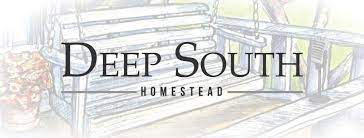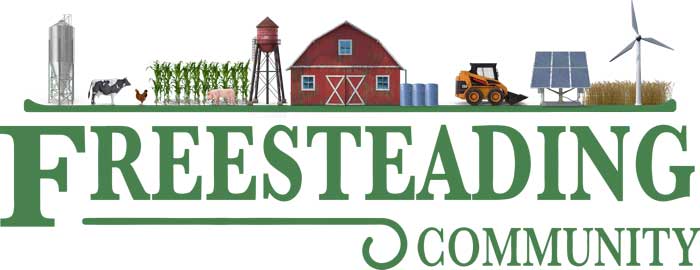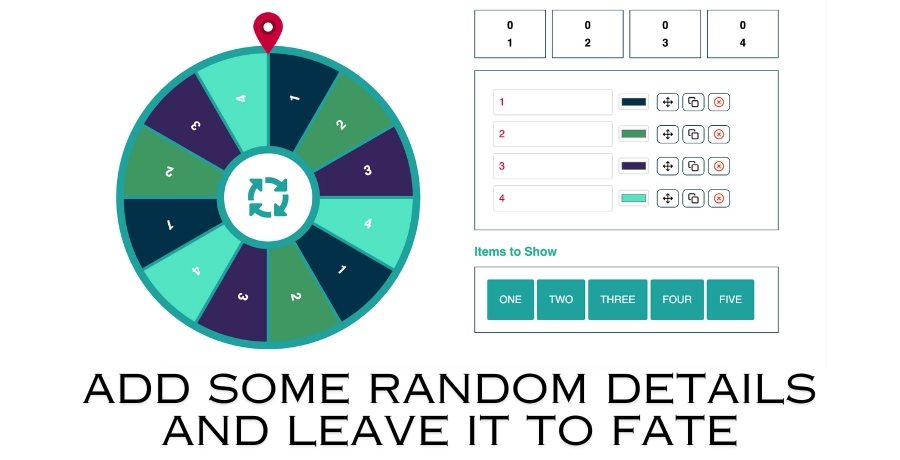
White mustard cover crop
-
White mustard cover crop
Posted by Emil on September 11, 2023 at 4:16 pmHas anyone used mustaed seeds as a cover crop? I’ve got white mustard seed. Any truth to it deters potato beetles? Is it invasive ?
Thanks
erw333 replied 5 months, 3 weeks ago 4 Members · 5 Replies -
5 Replies
-
I’m not familiar with Mustard for potato beetles, but that doesn’t mean it’s not been investigated. Off the top of my head, I remember Mustard as a “bio-fumigation” method for nematodes. As I recall one method was growing it, tilling it in (maybe, maybe one of the few times I’d till), and covering it with plastic to keep the “gas” in place longer.
A quick search found this article which discusses mustard biomass and/or seed meal as a fumigate for nematodes, and speaks a fair bit of potato beetle control as well, but not in the way one expects.
If I read it correctly, the fumigation is not very specific, affecting pretty much all nematodes. Unfortunately, there are specific nematodes, which do not affect plant roots, as there are root-feeding nematodes, as well as predatory nematodes. Meaning, that from a crop plant health standpoint, bad nematodes (root feeding) and ones that have no direct effect on plants, are actually beneficial, as they are predators of other insects or their larvae, which do cause damage.
Thus there are at least two predatory nematodes which are predators or biological controls of potato beetles. However, using a non-specific fumigation method on all nematodes may decrease the effect of the root feeders, but also decrease the population, and thus positive effect of the predator nematodes which are having some positive effect on controlling potato beetles.
So, from this one research paper, if control of potato beetles is the concern, using mustard as a fumigant may be counterproductive. Impossible to tell, unless there has been an effort to determine if there are predatory nematodes already in the soil. If there are none, then fumigation would have no effect on the Potatoe Beetles, though it may reduce root-feeding nematodes, which was not mentioned as a problem you are having.
If there are predatory nematodes in place, then the best long-term solution might be, finding out how to increase their population. If there are none, then possibly find some to introduce.
Most of my direct experience with this came from Dr. Elaine Ingham’s “Soil Food Web” course where we learned to use pretty good microscopes to see and identify bacteria, fungi, protozoa, nematodes and more as part of efforts to enhance the positive soil life, which then makes the full soil food web flourish, and thus feeds the plants which directly or indirectly feed us. We didn’t get to the species identification level, but at least being able to decently identify the “good guy” (predator) vs “bad guy” (root feeding) nematodes.
I believe Billy and either his wife or son are currently in Dr. Ingham’s course, and the information may be more fresh in their mindes.
-
I plant Mustard (bulk seed from the Hardware Store) every year for a cover crop ,where I grow potatoes. I have little to no potato bugs here in Middle TN. This year, I had a few potato bugs on the last 3 or 4 plants in one row out of 10.
-
Yes or no wheel games can motivate volunteers and community members to participate in service projects, charitable activities, or social impact initiatives random decison picker. By randomly assigning roles or tasks, these games streamline volunteer coordination, maximize impact, and inspire collective action towards meaningful causes and societal change.
yesnowheel.net
Random Picker Wheel | Spin the Wheel for Random Choices
Spin wheel is a versatile random picker wheel tool for making decisions and choosing options. Spin the wheel and let fate decide with this easy-to-use spinner.
Log in to reply.

